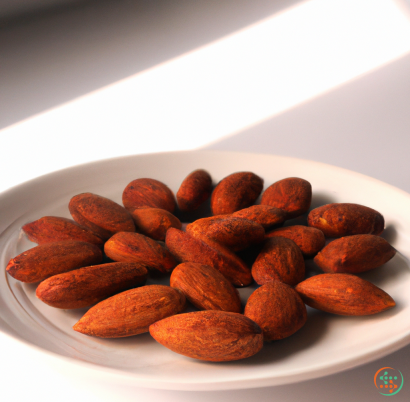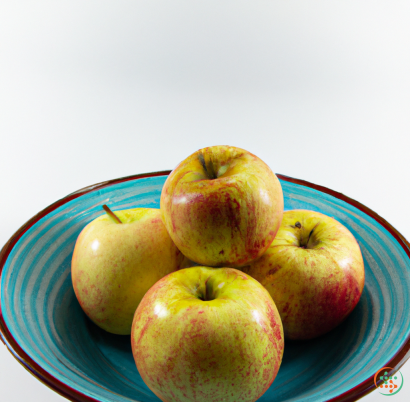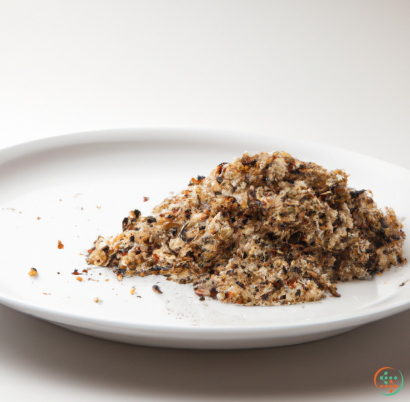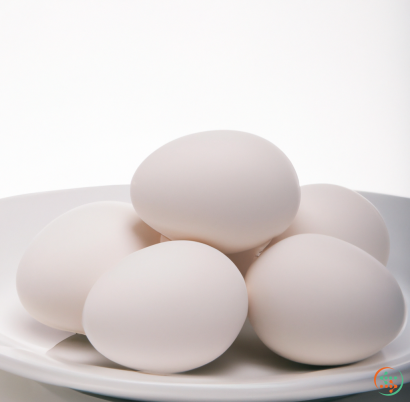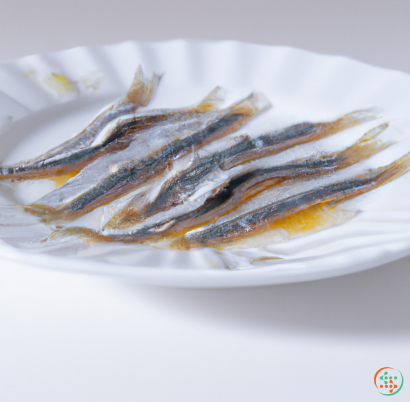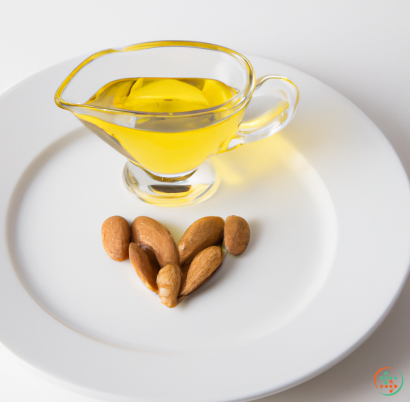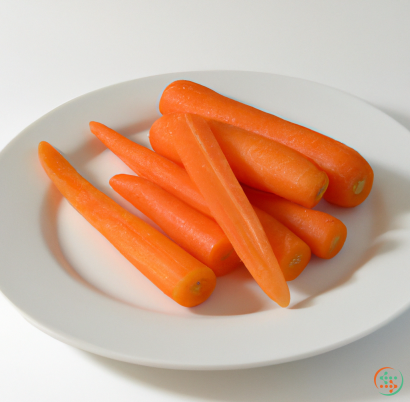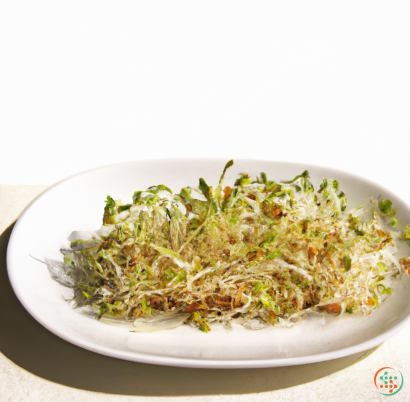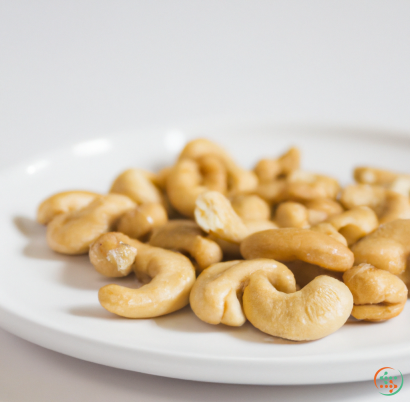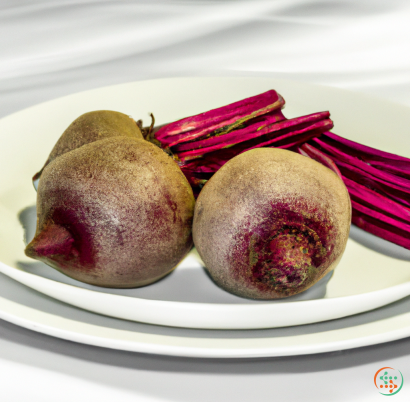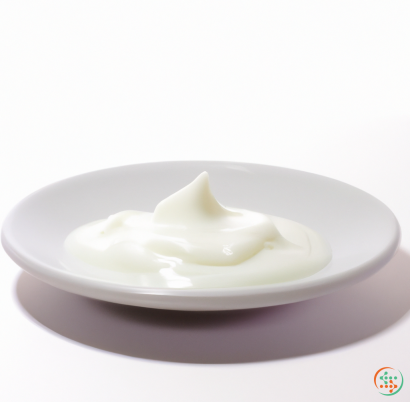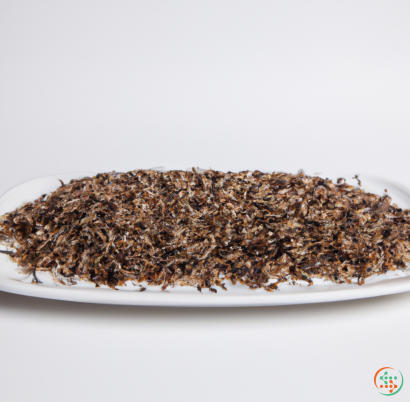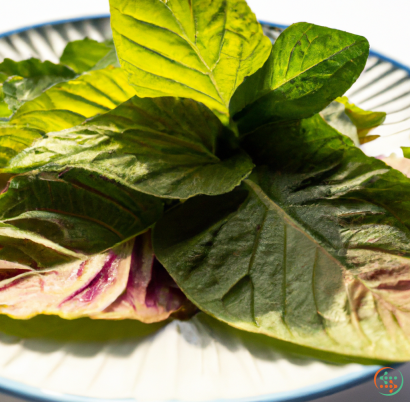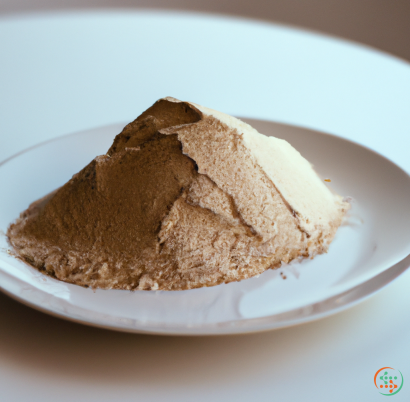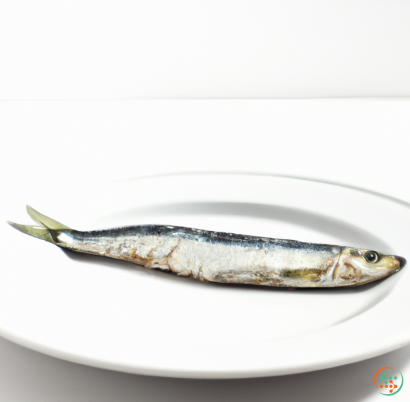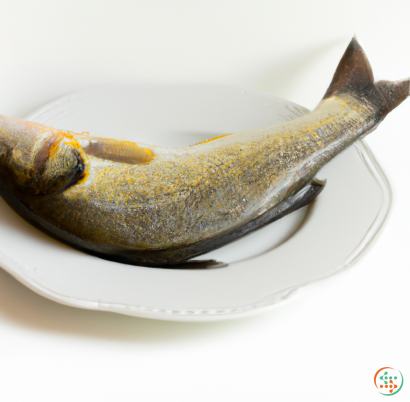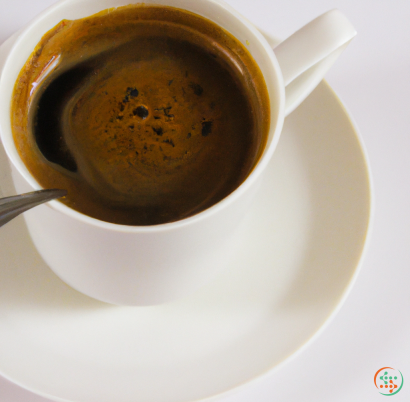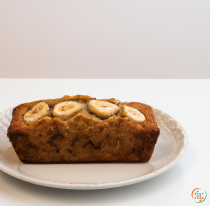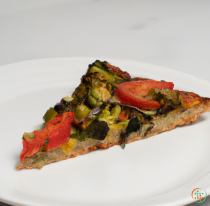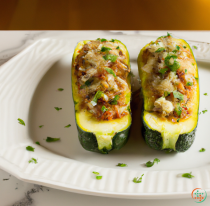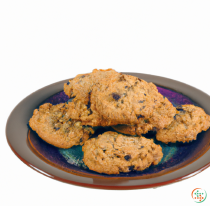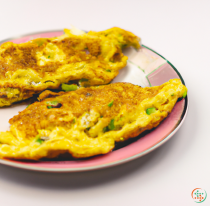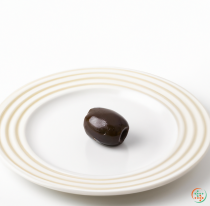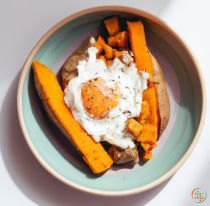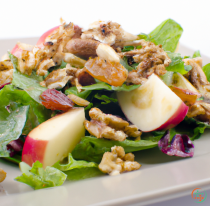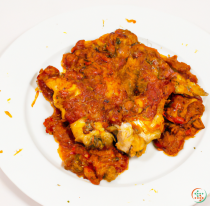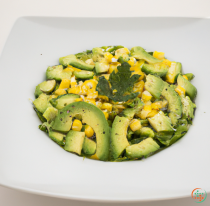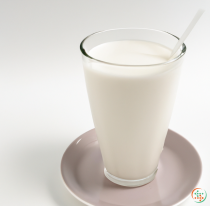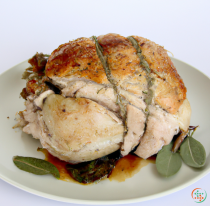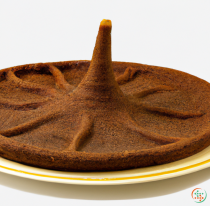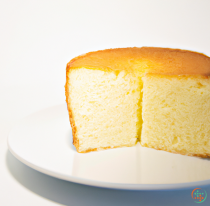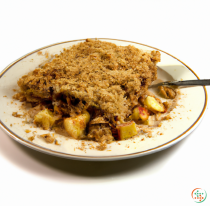Sausage Recipe: Great Taste. Simple Directions.
Make the perfect Sausage
Sausage is a type of food that has been around for thousands of years, and it remains popular today. It is a versatile ingredient that can be used in a variety of dishes, including breakfast, lunch, dinner, and appetizers. In its most basic form, sausage consists of ground meat, spices, and some type of filler, such as breadcrumbs or rice. Depending on the type of sausage, additional ingredients may be used for flavor and texture.
Making sausage at home is a rewarding yet challenging task. Although it may seem daunting at first, anyone can easily learn the basics of sausage making. To start, the meat should be prepared by grinding it to the desired size. This can be done with a meat grinder or by hand with a knife. The spices can then be added, either pre-mixed or blended by the cook. Once the meat and spices are combined, a filler such as breadcrumbs or rice can be added to the mixture.
The next step is to form the sausage. This can be done either by hand or with a sausage stuffer. If forming by hand, the meat mixture should be shaped into links or patties and then placed on a sheet pan. If using a sausage stuffer, the meat mixture should be fed through the tube, and the sausage should be extruded into the desired shape.
Once the sausage is in the desired shape, it must be cooked. Sausage can be cooked in a variety of ways, such as frying, baking, or smoking. Depending on the type of sausage, cooking times and temperatures will vary. After cooking, the sausage should be chilled before being packaged or served.
Making sausage is a great way to experiment with different flavors and ingredients. From traditional recipes to creative new ideas, sausage making offers endless possibilities for the adventurous cook. Whether you are making breakfast sausage for brunch or chorizo for tacos, the process of making sausage is sure to be a memorable experience.
Sausage ‐ What It Tastes Like
There is nothing quite like the taste of sausage. Whether it’s fried up as a breakfast side, added to a rich and hearty stew, or enjoyed as a sandwich, sausage is a delicious and versatile food. It is also one of the oldest forms of processed meat, with evidence of its existence stretching back to ancient Roman times.
Sausage has a unique flavor that can be described as savory and salty, yet slightly sweet. It is made from minced pork or beef, which is then blended with a variety of herbs and spices, such as sage, thyme, paprika, garlic, black pepper, and nutmeg. This combination of ingredients creates an unforgettable flavor that is hard to replicate with other meats.
The texture of sausage is also a key factor in its deliciousness. Depending on the type of sausage, it can be firm and chewy, or delicate and crumbly. The seasoning and fat content also play a role in determining the texture, as well as the overall flavor. For example, Italian sausage is typically made with a higher fat content and a bolder blend of spices, creating a richer, more intense flavor.
No matter how you choose to enjoy it, sausage is a great addition to many dishes. From breakfast scrambles to pasta dishes, from pizza toppings to grilled kebabs, sausage adds flavor and texture to any meal. It is also incredibly versatile and can be cooked in a variety of ways, including baking, grilling, frying, and simmering.
For those who are looking to try something new, there are plenty of exciting sausage varieties available on the market. From chorizo and bratwurst to kielbasa and andouille, there is something to satisfy every taste bud. Even vegan and vegetarian sausages are becoming increasingly popular, offering a meat-free alternative to the classic.
Whether you’re a fan of the classic pork sausage or you’re looking to explore some of the more exotic varieties, there’s no denying that sausage has a flavor and texture that can’t be beat. With its unique blend of herbs and spices and its vast range of cooking possibilities, it’s no wonder that sausage has remained a popular dish for centuries.
Sausage ‐ Is it healthy for you?
When it comes to making decisions about what to eat, there’s no doubt that sausage is a popular option. But is it healthy? That’s a question that’s been asked by many, and the answer is not so straightforward.
First, let’s look at the nutritional benefits of sausage. It’s often high in protein, which can be beneficial for muscle growth and repair. It’s also a great source of B vitamins, which are essential for energy production, metabolism and healthy skin. Additionally, sausage usually contains a decent amount of iron, which helps to keep your red blood cells healthy and boosts your immune system.
On the other hand, sausage is usually quite high in fat and sodium. This means that if you eat too much of it, you could end up consuming more fat and sodium than is recommended for a healthy diet. It’s also important to note that some sausages contain artificial preservatives and flavorings, which can add unnecessary calories to your meal.
Ultimately, whether or not sausage is considered healthy depends on the type of sausage that you’re eating, and how often you’re eating it. If you’re looking for a healthier option, make sure to choose leaner cuts of sausage, such as turkey or chicken sausage. Try to avoid sausages that are highly processed or contain added preservatives and flavorings.
To make sure that you’re getting the most out of your sausage, try to pair it with a balanced meal. Add some fresh vegetables and whole grains to your meal for a complete and balanced meal. This will help to ensure that you’re getting all of the essential vitamins, minerals and nutrients that your body needs.
In conclusion, sausage can be considered healthy as long as it’s consumed in moderation and paired with a balanced meal. It’s a great source of protein and B vitamins, but it can also be high in fat and sodium. Therefore, it’s important to choose leaner cuts of sausage and to pair it with fresh vegetables and whole grains for a nutritious and balanced meal.
Sausage ‐ Is it Gluten Free?
As anyone with Celiac Disease or a gluten intolerance knows, finding foods that are gluten free can be a challenge. One food that people often wonder about is sausage. Is sausage gluten free? The answer is not as simple as a yes or no, as the answer depends on the type of sausage you are looking for.
In general, sausage is made with a combination of ground meat, fat, and spices. The spices used may vary depending on the type of sausage. Some sausages may also include ingredients such as breadcrumbs, wheat flour, or other grains. These ingredients contain gluten and, as a result, these types of sausage are not gluten free.
The good news is that there are many types of sausages that are gluten free. Most natural sausages, such as pork, chicken, turkey, or beef are gluten free. This is because they are made with simple ingredients that do not contain gluten. However, it is important to check the label of the sausage you are buying to make sure that it does not contain any additional ingredients that may contain gluten.
In addition, some sausages may be labeled as gluten free. This means that they have been specifically formulated to be free of gluten. If you are looking for a sausage that is definitely gluten free, then these are the types of sausages you should be looking for.
It is also important to look out for sausages that are not gluten free but have been processed or prepared in a facility that also handles wheat or wheat products. Even if the sausage does not contain gluten, it may have come into contact with gluten during the processing and could potentially contain trace amounts of gluten.
Overall, there are many types of sausages that are gluten free. However, it is important to read the labels of the sausages you are buying to make sure that they are free of gluten. Additionally, be sure to look out for sausages that have been processed in facilities that handle wheat or wheat products, as these may contain trace amounts of gluten. With a bit of research, you should be able to find a delicious and gluten free sausage that you can enjoy.
Sausage ‐ Preparation Time
When the temperature drops and the leaves start to fall, the air is filled with the smell of sausages being cooked. Sausage is a popular dish all around the world, and it’s easy to see why—the combination of meat and spices can create a delicious and satisfying meal. But before you can enjoy the flavors of sausage, there’s one important step that you need to take: preparation.
Prepping sausages for cooking can be a lengthy process, depending on the type of sausage you’re making. It’s important to prepare the sausages correctly in order to ensure that they cook evenly and properly. The first step is to choose the right type of sausage. There are many varieties available, from pork and beef to chicken, turkey, and vegetarian. You’ll also want to consider the spices and herbs you’ll be using. Different combinations of spices can result in different flavors, so it’s important to choose wisely.
Once you’ve chosen the type of sausage and the spices or herbs, the next step is to prepare the ingredients. This usually involves cutting or grinding the meat, adding the spices or herbs, and combining everything together. If you’re using ground meat, it’s important to mix the ingredients together well. Then, it’s time to form the sausages. This is a crucial step, as it will determine how the sausage looks when it’s cooked. Depending on the type of sausage, you’ll either form the mixture into logs, patties, or links.
Once the sausages are formed, the next step is to let them rest. This allows the flavors to meld together and the sausages to develop their texture. This step can take anywhere from an hour to overnight, depending on the type of sausage.
Finally, the sausages are ready to be cooked. Depending on the type of sausage, you can either grill, bake, or fry them. No matter which cooking method you choose, it’s important to make sure the sausages are cooked through before serving.
As you can see, preparing sausages can take some time and effort. But the results are worth it. With the right ingredients and preparation steps, you can create sausages that are full of flavor and sure to please even the pickiest of eaters. So take your time, be patient, and enjoy the delicious results.
Sausage ‐ Serving Size
Serving size of sausage plays an important role in determining how much of the meat you should be eating at once. This is especially important to consider if you are trying to watch your weight, or if you are using sausage as part of a larger meal.
Sausage is a versatile food that can be used in a variety of dishes. It can be cooked, grilled, fried and even smoked, depending on the type of sausage you are using. It is often served as a main dish, but it can also be used to add flavor and texture to soups, casseroles and salads.
The serving size of sausage varies depending on the type of sausage you are using. Generally speaking, the most common types of sausage, such as pork, beef, chicken, turkey and veggie sausages, are usually served in servings of three ounces. This is about the size of a deck of cards, so it is relatively easy to measure out how much sausage you should be eating.
If you are using sausage as part of a larger meal, such as a casserole or soup, then the serving size should be adjusted according to the other ingredients in the dish. For instance, if you are making a casserole with two cups of vegetables and one cup of sausage, then the total serving size would be three cups.
It is also important to note that the caloric content of sausage varies depending on the type of sausage you are using. For example, a three-ounce serving of pork sausage contains roughly 300 calories, while a three-ounce serving of beef sausage contains about 280 calories. If you are watching your calories, then it is important to be mindful of the calorie content when choosing a sausage for your meal.
Overall, the serving size of sausage is an important factor to consider when planning a meal. It is important to measure out the correct amount of sausage for each meal so that you get the most out of the food you are eating. By paying attention to the serving size of sausage, you can ensure that you are getting the most nutrition from your meal.
Recipe for Sausage
Sausage Recipe
Ingredients:
1 lb. of your favorite sausage
1 large onion, diced
1 red pepper, diced
2 cloves garlic, minced
2 tablespoons olive oil
1 teaspoon dried oregano
1 teaspoon dried basil
1/2 teaspoon crushed red pepper flakes
1/2 teaspoon black pepper
1/2 teaspoon paprika
1/2 teaspoon sea salt
Directions:
1. Heat the olive oil in a large skillet over medium heat.
2. Cut the sausage into 1/2 inch slices and add to the skillet. Cook until the sausage is browned, stirring occasionally.
3. Add the onion, red pepper, garlic, oregano, basil, red pepper flakes, black pepper, paprika and sea salt. Cook until vegetables are softened, about 5 minutes.
4. Serve hot. Enjoy!
Congratulations on Crafting a Delicious Sausage Recipe!
When it comes to a delicious dinner, there's nothing quite like a tasty sausage dish. And the best part is that it's not difficult to create a flavorful and satisfying meal. With a recipe like the one you just crafted, you can easily enjoy a delicious sausage dinner any night of the week.
Not only is it easy to make, but it's also packed with flavor. With a combination of sweet onion, red pepper, garlic and spices, you can be sure to have a meal that's as flavorful as it is satisfying. Plus, the sausage is sure to be juicy and tender, making this dish an all-around crowd pleaser.
And the best part? This recipe is incredibly versatile. Whether you want to serve it as a main course or as part of a larger meal, it's sure to be a hit. You can also serve it with a side salad, some roasted potatoes, or even over a bed of pasta for a complete meal.
No matter how you choose to serve it, you can rest assured that this sausage dish will be one that everyone will love. And with a few simple ingredients and a little bit of time, you can easily whip up a delicious dinner in no time. So, congratulations on creating a delicious sausage recipe!


